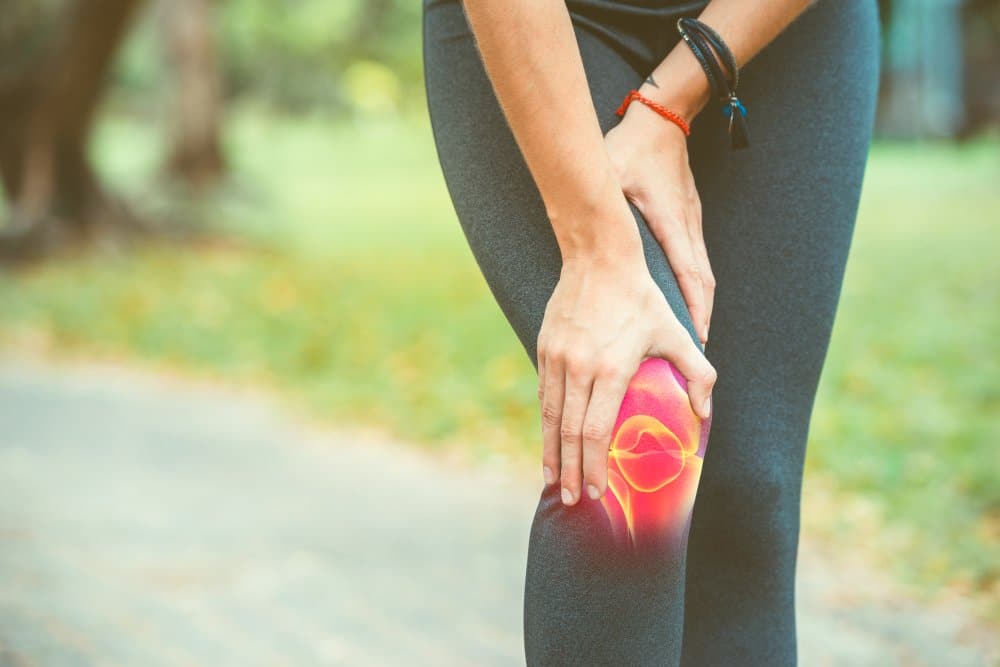
Joint pain complaints are more common around the end of the fall or in the winter than at other times of the year. The cause of this illness is unknown due to a lack of investigation. The body strives to conserve heat during the cold months by sending more blood to organs in the mid-section of the body, such as the heart, lungs, and digestive organs for natural pain management.
As a result, there is less blood in the legs, knees, arms, shoulders, and other joints. As a result, the blood arteries around the joints contract. Because of the restricted blood flow, those areas become stiffer and colder, causing pain and discomfort.
Changes in the weather, particularly the colder temperatures of winter, are frequently connected with stiffness, aches, and pains. It’s unclear why some people respond to weather changes while others don’t, but you can do a few things to feel more at ease and lower your risk when the weather turns cold.
Why Does A Cold Make You Feel Sore And Stiff?
No single explanation exists for why your joints are affected by colder temperatures. According to one idea, drops in barometric pressure cause tendons, muscles, and surrounding tissues to expand. This can cause pain due to the constricted area within the body, especially in arthritis-affected joints.
Is It True That Some People Are More Vulnerable Than Others?
Although everyone’s body reacts to barometric pressure changes, people with arthritis and chronic pain are more susceptible to suffering. Bad weather can also alter people’s feelings; if you’re sad or depressed, pain can seem more intense.
When should I seek medical advice?
It’s a good idea to see your doctor if you have any strange or new symptoms with your joints, such as persistent swelling, redness, or trouble placing pressure on or utilizing the joint. Seek medical help from pain management doctors immediately away if you’re experiencing persistent or severe pain that’s becoming incapacitating.
Reduce your chances of developing joint discomfort.
-
Dress in layers to keep warm and reduce the impact of cold weather on your body.
-
Exercise can help you gain muscle and bone strength. This relieves pressure on your joints, making them less likely to be injured.
-
Keep a healthy weight to relieve stress on your joints, particularly your knees.
-
When doing daily chores, avoid putting undue tension on your joints.
-
Apply heating pads to any sore spots. Heat aids muscle relaxation.
-
Get up, move about, and be active both indoors and outside. To loosen stiff joints, stretch before going outside. In the winter, being active keeps your muscles and joints healthy.
-
Get enough sleep, eat nutritious food, and maintain a cheerful attitude.
What Can You Do to Relieve Joint Pain in Cold Weather?
Keeping warm might help you avoid joint pain in the cold, especially if you’re going to run outside in the winter. Warm up in the following ways:
-
Warm up by doing the following exercises: Stretch for at least five minutes. This helps to minimize stiffness and avoid joint problems.
-
Don’t abruptly stop running: If you need to take a break, stay walking so your knee joints don’t get cold and hurt.
-
Cool down properly: Stretch immediately after jogging to relieve muscle tightness that arises after extended exertion.
-
On extremely chilly days, stay inside: Do your workout in the comfort of your own home. Rather than running on snow-covered roads, go for a 20-minute cardio session on your treadmill.
What Should You Do If Your Joints Are Still Hurting in the Cold?
If your joints continue to suffer after you’ve tried these suggestions, you should see a physical therapist or an orthopedist. To schedule an appointment with Oklahoma Spine & Pain Management, give us a call right now. Our pain management doctors will examine your joints thoroughly to see if a medical problem causes the discomfort you’re experiencing.
**Disclaimer: This content should not be considered medical advice and does not imply a doctor-patient relationship.





